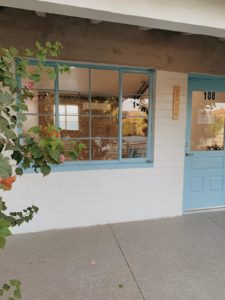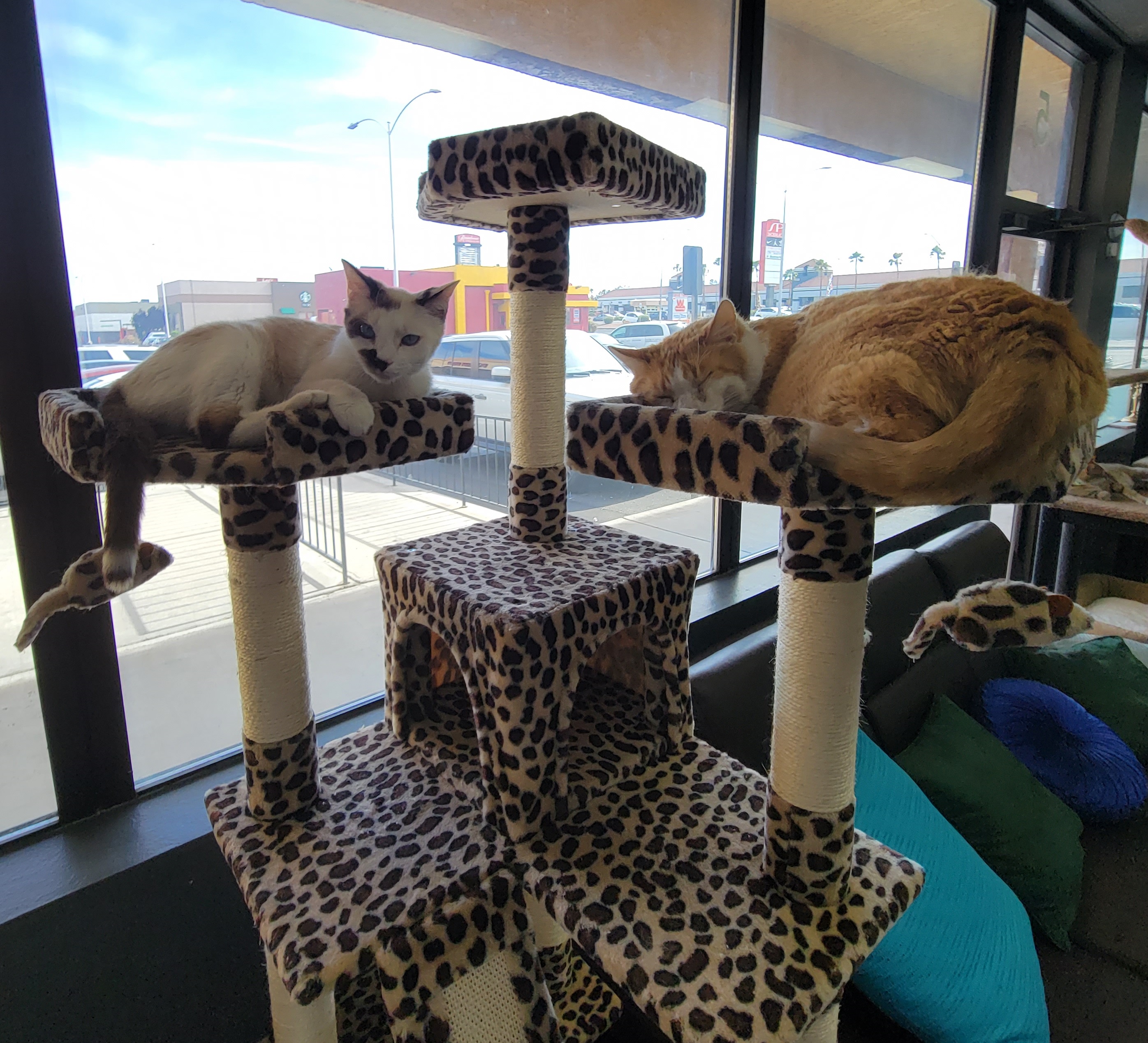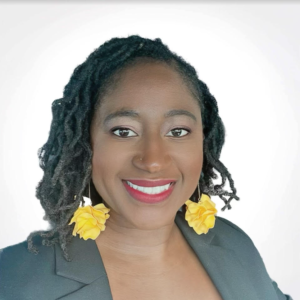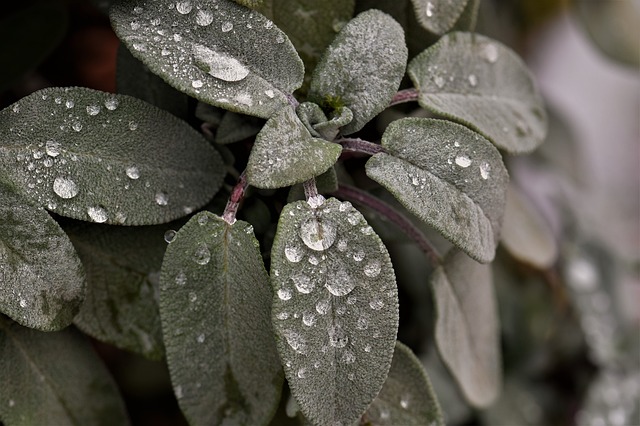
Sage and Smudging
Used by various cultures throughout history, sage is a plant well known for its uses around the world. This includes a seasoning, a pleasant-smelling herb to burn like incense, or practicality as an insect repellant. Many indigenous people also use for spiritual ceremoniesm dating back thousands of years. With a practice also known as “smudging,” depending on the culture, they burn the herb for spiritual purposes.
Nowadays, smudging has become a trend as more people explore different types of spiritualism. They burn it with the thought of pushing negative energy out of an area. Retailers like Walmart or Amazon, or even novelty stores like Spencer’s Gifts, sell smudging kits with sage.
However, someone doing this practice today may find themselves surprised to learn that they’re likely doing the ritual improperly. In Native American culture, ceremonial herbs have great significance; how you obtain them plays a role in the ritual’s effectiveness.
I had the pleasure and privilege of speaking to Jonnette Paddy, former Miss Native UNLV, last October when I covered the Native American Student Association’s pageant.
Among the many things we discussed, we also spoke about the consumerization of smudging. She shared information about the proper obtainment of the herb and the history of indigenous religious practices here in America.
I’d read up on the practice a bit after seeing people debate the ethics of its use and wanted to understand how Native people might feel about it. So I asked Paddy what her take on the matter was.
I learned a lot about the practice of smudging and the history of Native religious practices.
Proper Obtainment and Use of Sage for Smudging
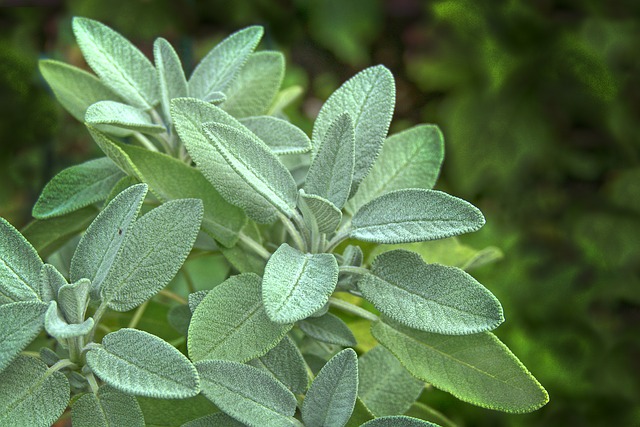
Considered a threatened species, the sage used for smudging in North America grows in an environment classified as endangered, Paddy explained. There’s also a special way to harvest or otherwise obtain the herb.
“For traditional sage within our culture, you don’t buy or sell it,” Paddy said. “Spirituality doesn’t have a price tag; spirituality is important to take care of.”
Instead, one might either harvest the sage themselves, trade for it, or receive it as a gift by someone else. There’s also a specific way to gather and bundle it. “It’s a holy thing, so it has to be done properly,” Paddy said. “You’re using it to cleanse, so it’s supposed to be clean.” This cleanliness includes both the obtainment of the herb and the energy involved with the whole process.
“Improperly harvesting sage corrupts it, and it’s not going to do what you need it to do,” she said. When people use corrupted sage for the spiritual practice of burning away negative energies or for other ceremonial purposes, the opposite is likely to happen. In other words, the corrupted sage burns negative energy into the space instead of clearing it away.
Appropriation vs. Appreciation
Paddy expressed that people can do whatever they want and that gatekeeping isn’t her intention responding to the situation. She also wanted to make known that Native Americans aren’t a monolithic group; both the practices and opinions of Native people and different tribes are very diverse.
“We’re all so incredibly different, so we don’t all practice the same things. The spirituality differs tribe by tribe; there really isn’t one “Native American spirituality” – a lot of people tend to think that of our religion,” she said. “Our religion and culture intertwine, so they’re as different as the languages we speak.”
Paddy also expressed that the response to non-Native people using these spiritual practices varies between tribes, just as their practices vary. Her opinions on the matter are not universal.
“Many tribes and people are very closed off about their practices since the practices are being so incredibly misused and disrespected by non-tribal members,” she explained. “There are things many Natives will be happy to talk about; other things are too sacred to talk casually about.”
While some tribes are more restrictive about their practices and spirituality, others may instead express a desire for non-Native people to first educate themselves on the practices, the history surrounding them, and the treatment of Native Americans in general, before partaking.
Ultimately, how one shows respect to culture makes the difference between cultural appropriation and cultural appreciation.
History of Native American Practices in the U.S.
The commercialization of smudging and other indigenous spiritual practices, specifically in the U.S., strikes a deep chord for their communities. For Native Americans, the U.S. government banned their religious practices up until the 1970s.
For over 200 years, Native Americans were an exception to the first amendment – their freedom of religion stolen from them, along with their land and livelihoods.
“We can finally practice our religion legally,” Paddy said. “But people were killed for practicing not that long ago. Sage is a part of that history, and most people burning it don’t even know that history.”
She explained that just 50 years ago, Natives were imprisoned and punished if caught practicing their rituals or religion. As a result, many of their practices were lost and are now hard to find.
“Our religion was seen as a threat. The largest massacre of Natives in America resulted from ghost dances – a spiritual practice,” Paddy said. “The U.S. government thought [the Lakota people] were preparing for battle or showing too much pride in their heritage.”
“The next day, at Wounded Knee, they rounded nearly 300 people up and ended up shooting almost all of them. They put the dead in a mass grave and posed next to them for a photo.”
The Wounded Knee Massacre happened on December 29, 1890.
“That’s the history of spirituality; we tried to call upon our ancestors for help and guidance, and then the next day – we’re massacred.”
Paddy added that, as a result of this, the history of gun violence in the country has a close relation to Native American history.
“People think that the largest mass shooting in our country happened in recent history, but they forget the Wounded Knee Massacre by the U.S. government,” she said.
Moving Forward
Altogether, seeing people appropriate a practice that just a few decades ago would result in imprisonment or even death for a Native person cuts a deep, unhealed wound. This causes more harm when people have no intention of learning the history or practicing the ritual correctly and respectfully.
There is an ethical way to do so for those wishing to learn more and follow these practices with respect for the culture and the people who historically practiced it.
Paddy said that many Native people are happy to discuss their history and practices with those having genuine curiosity about it and have good intentions about learning. However, the burden to learn ultimately lies with the person wishing to know more or practice these rituals; the responsibility does not lie with Native people to teach others about their history.
In other words, as a guest of their cultures, we must learn as much as we can ourselves and not rely on them to give us their emotional labor in doing so. Be mindful that you can ask questions, but prepare to be denied an answer without taking it in a negative or personal way. Avoid feeling defensive if you’re told no; be respectful of whatever their response is.
Understand that this history is a harrowing, painful subject, and you must approach it with respect. Native people don’t owe anyone their energy or their retelling of generational trauma. So if granted their time, acknowledge that privilege. It’s better to grasp the history and reality of that history surrounding Native communities beforehand than to walk in blind and end up being disrespectful.
(Article continues after the ad)
Please follow our fantastic site sponsors! They make content like this possible! 🙂
Learning More

If you practice smudging or another ritual that you got from a Native culture, research. Learn about the history involved, the proper methods, and the culture itself. If you live near a Native American community, learn about them and their experiences through the resources available.
Paddy said that a great way to start is by taking an indigenous culture class, attending a pow wow, and checking out online resources to learn more.
“There are a bunch of webinars to access online and lots of resources to educate yourself on issues,” she said. She shared a link to a recent discourse hosted by Fawn Douglas and put on by the Las Vegas Indian Center. She also shared an article published in the Nevada Current discussing the forum,
After that, consider reaching out to a Native organization closest to you. Form a relationship with them, learn about their struggles and their successes, discover how you can support them, and fight for them.
“The Native community is strong, but small compared to others,” she said, expressing that the support of their community is what keeps them strong.
A lifelong friend of Paddy’s, Taylor Patterson, the Executive Director of an organization called Native Voters Alliance of Nevada, focuses on legislation relating to the Native community and addresses voting rights issues affecting them. The organization always needs volunteers if people want to help the Native community and make positive change .
She also mentioned that it’s not recommended to visiting a reservation, especially right now.
Besides the pandemic, which has ravaged Native American communities across the country, visiting reservations tends to occur for tourism more than an educational experience.
Lastly, Paddy said to support indigenous artisans. “Look on Instagram; you’ll find plenty of Native artists making traditional art, as well as posts about our history, culture, and other resources.”
Appreciate, Don’t Appropriate.
Ultimately it’s great to show interest in exploring a different culture.
Just be mindful and respectful about it while you do so. If you want to smudge, go ahead. But if you’re going to do it properly, do some reading about it first. In a world where answers to most questions await our asking, ignorance about this world is a choice.
History can be difficult and painful to learn, especially when were denied a real education on the history of this country. It’s ugly, and it’s a tough pill to swallow. Giving us a “Disney-fied” representation of our history, they omitted much of the truth about all of the wrongs committed. They told us we are great and have always been great.
That’s why I wrote this piece. When Paddy brought up the Wounded Knee Massacre, I found myself upset that I ever learned about this event in any of my history classes. Nor was I aware of the ban on Native religious practices. Our educational system fails us in many ways, so we must use the tools given to us now to educate ourselves objectively. We’re not taught humility, nor have we ever honestly admitted fault or attempted to make real amends with those we’ve harmed. We have always moved on from it without atoning for our country’s history and crimes against humanity.
Acknowledging This Country’s Past
Knowing our history is vital in preventing it from repeating and having the tools to reconcile with it or provide restitution for it, for we never truly have as a nation. It’s humbling to accept that maybe we don’t fully understand things we’re raised to think we know all there’s worth knowing about on the subject. And it’s humbling when we accept that there aren’t simple solutions to the complex problems that Native Americans and all marginalized people experience. We have to work hard to address these issues and our past.
Deferring to those who’ve actually experienced the racial and generational traumas of our history and who descend from that is an essential part of learning about that history and those experiences. For too long, we’ve invalidated the people harmed throughout this country’s history for their peoples’ experiences here at the hands of colonization, racism, and white supremacy.
Learning about and appreciating another culture can be fun and exciting. But we cannot have the good without the bad; we can’t ignore that history or contribute to the erasure of it just because it’s too painful.
Whether knowingly or unknowingly, if we’re appropriating a culture, it erases the history relating to it. So instead, we should work to actively appreciate it, at the very least. If you’re willing to do more, find ethical, meaningful, and respectful ways to do so.
You can take the first step by genuinely listening to others and opening yourself to learning about their experiences.
Thank you to our supporters and sponsors!
As always, we want to thank our Patreon’ Cultivator’ supporters and sponsors who help make content like this possible.
The following Patron(s) supported the production of this article:
Crystal Gropp
The following sponsors supported the production of this article:
Viva La Compost & LunaKai Lash

